Which of the following graphs best depicts the changes in one cycle of PCR ?
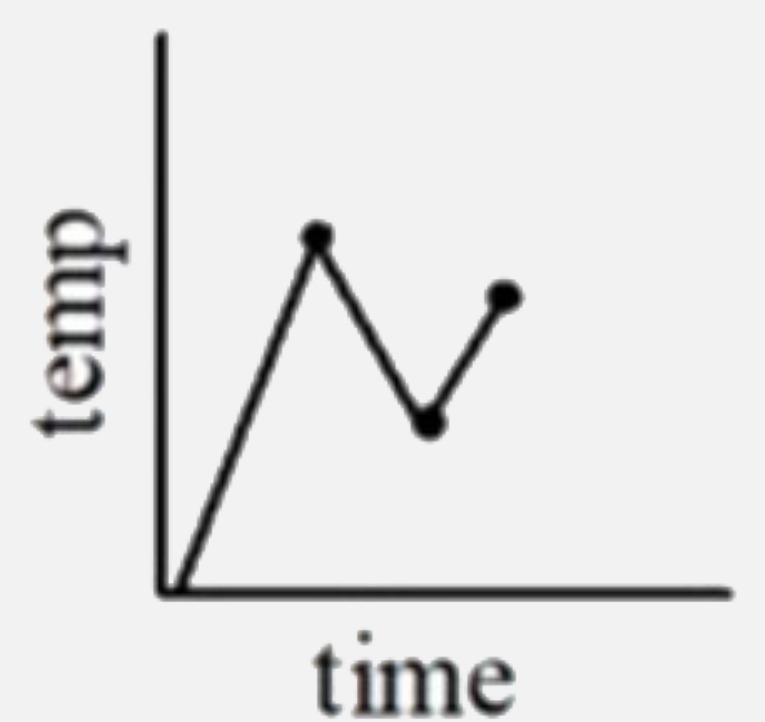
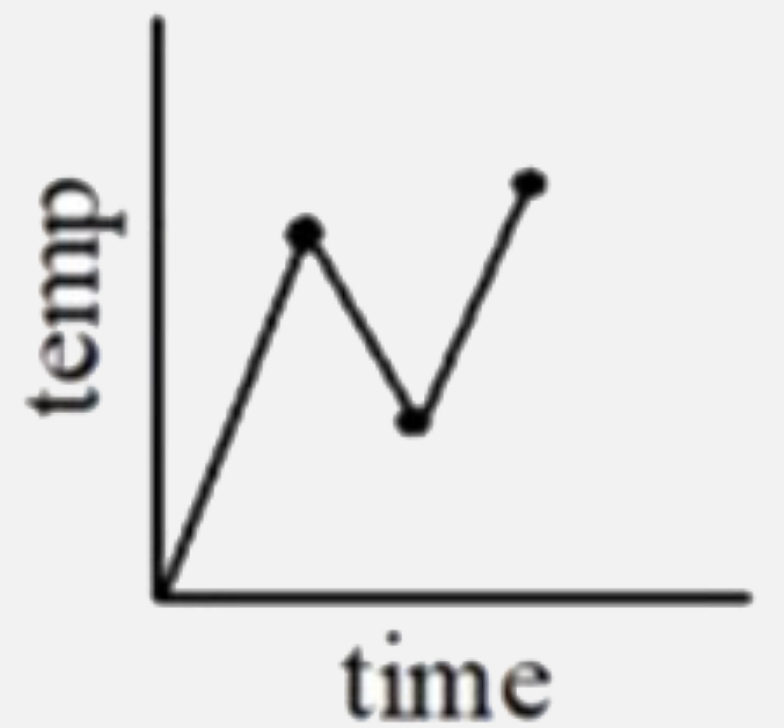
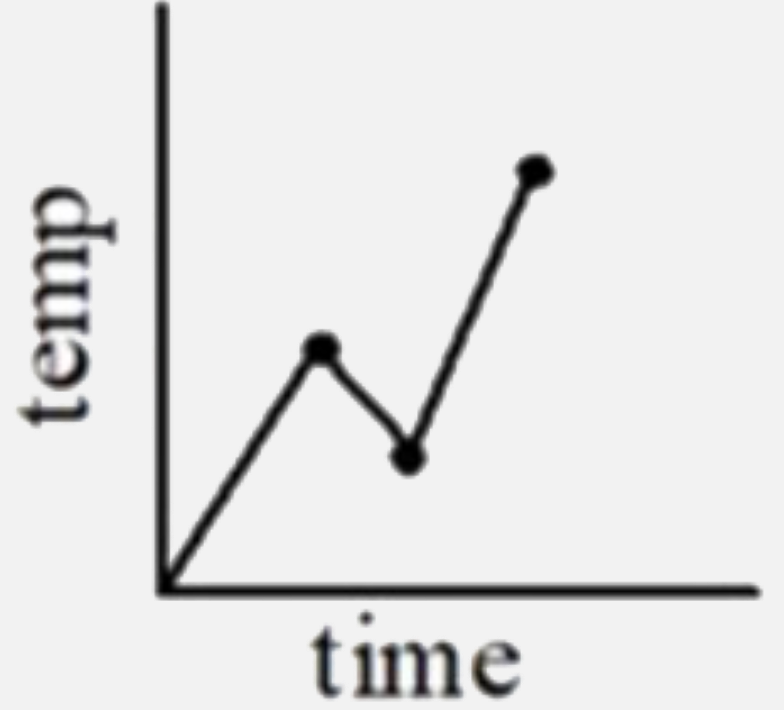
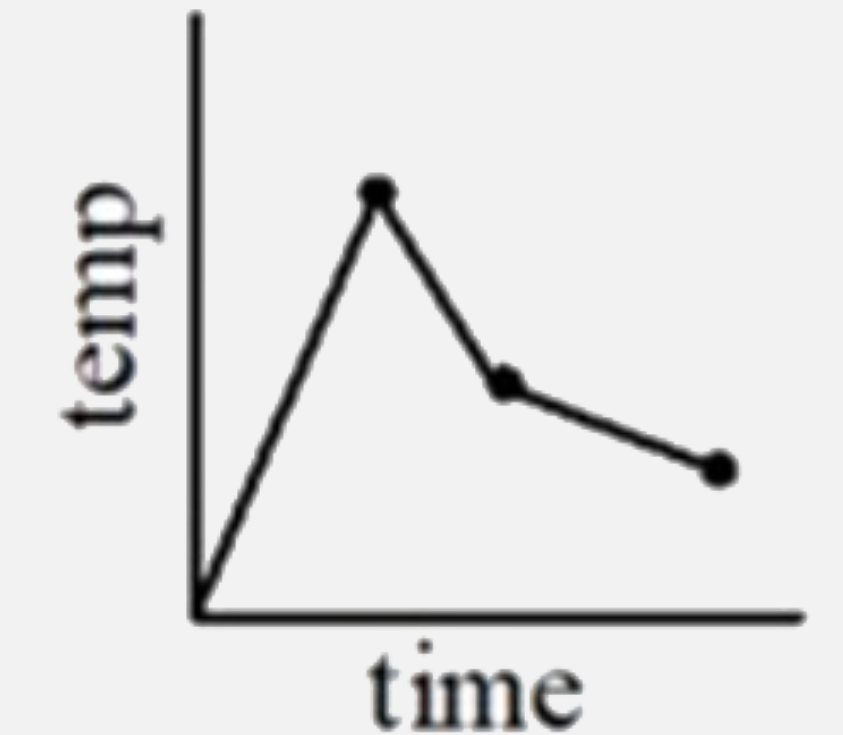
The correct Answer is:A
To determine which graph best depicts the changes in one cycle of PCR (Polymerase Chain Reaction), we need to understand the three main steps involved in PCR and how they relate to temperature changes over time.
1. Understanding PCR Steps:
- Denaturation: The first step involves heating the DNA to around 94-95°C, which causes the double-stranded DNA to separate into single strands.
- Annealing: The temperature is then lowered to approximately 50-56°C to allow primers to bind to the single-stranded DNA.
- Extension: The temperature is raised to about 72°C, where the DNA polymerase extends the primers to synthesize new strands of DNA.
2. Analyzing Temperature Changes:
- During the denaturation phase, the temperature sharply increases.
- In the annealing phase, the temperature decreases.
- In the extension phase, the temperature increases again, but not as sharply as during denaturation.
3. Graph Interpretation:
- The graph should show a sharp increase in temperature (denaturation), followed by a decrease (annealing), and then a moderate increase (extension).
- The correct graph will reflect these temperature changes accurately over the time taken for one cycle of PCR.
4. Choosing the Correct Option:
- Based on the description of the temperature changes, the correct graph will show:
- A steep rise (denaturation)
- A drop (annealing)
- A slight rise (extension)
- Any graph that does not follow this pattern will be incorrect.
5. Final Answer:
- After analyzing the options, the graph that correctly represents these changes is the one that shows a sharp increase, followed by a decrease, and then a slight increase.
- Denaturation: The first step involves heating the DNA to around 94-95°C, which causes the double-stranded DNA to separate into single strands.
- Annealing: The temperature is then lowered to approximately 50-56°C to allow primers to bind to the single-stranded DNA.
- Extension: The temperature is raised to about 72°C, where the DNA polymerase extends the primers to synthesize new strands of DNA.
- During the denaturation phase, the temperature sharply increases.
- In the annealing phase, the temperature decreases.
- In the extension phase, the temperature increases again, but not as sharply as during denaturation.
- The graph should show a sharp increase in temperature (denaturation), followed by a decrease (annealing), and then a moderate increase (extension).
- The correct graph will reflect these temperature changes accurately over the time taken for one cycle of PCR.
- Based on the description of the temperature changes, the correct graph will show:
- A steep rise (denaturation)
- A drop (annealing)
- A slight rise (extension)
- Any graph that does not follow this pattern will be incorrect.
- After analyzing the options, the graph that correctly represents these changes is the one that shows a sharp increase, followed by a decrease, and then a slight increase.
Similar Questions
Knowledge Check
Which of the following graphs best describes the velocity of the woman on her walk ?
A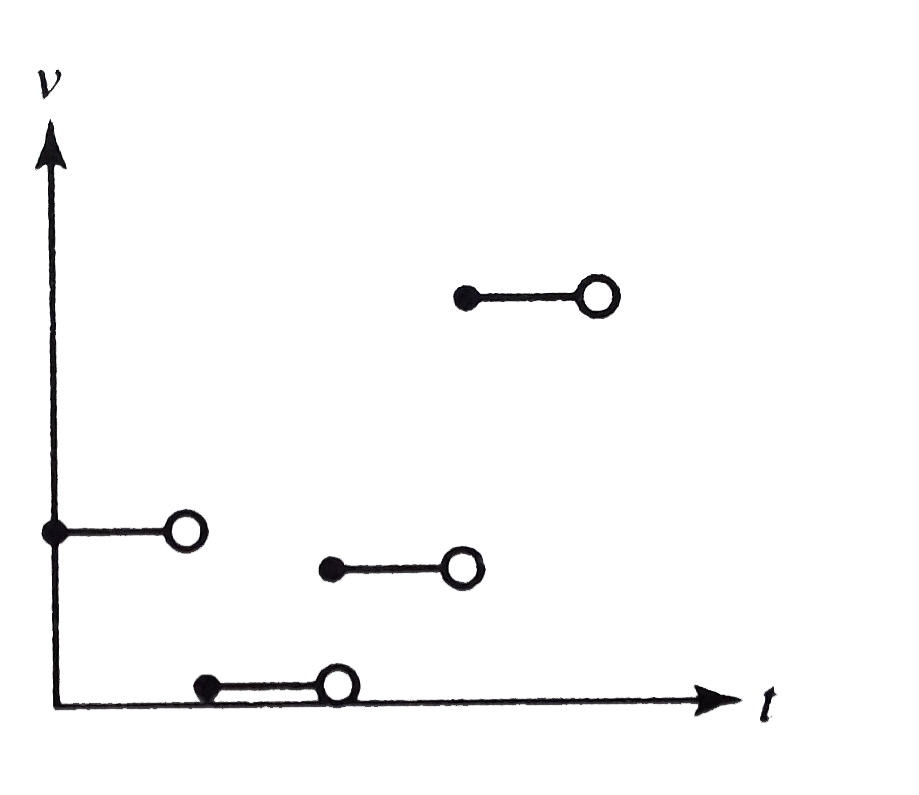 B
B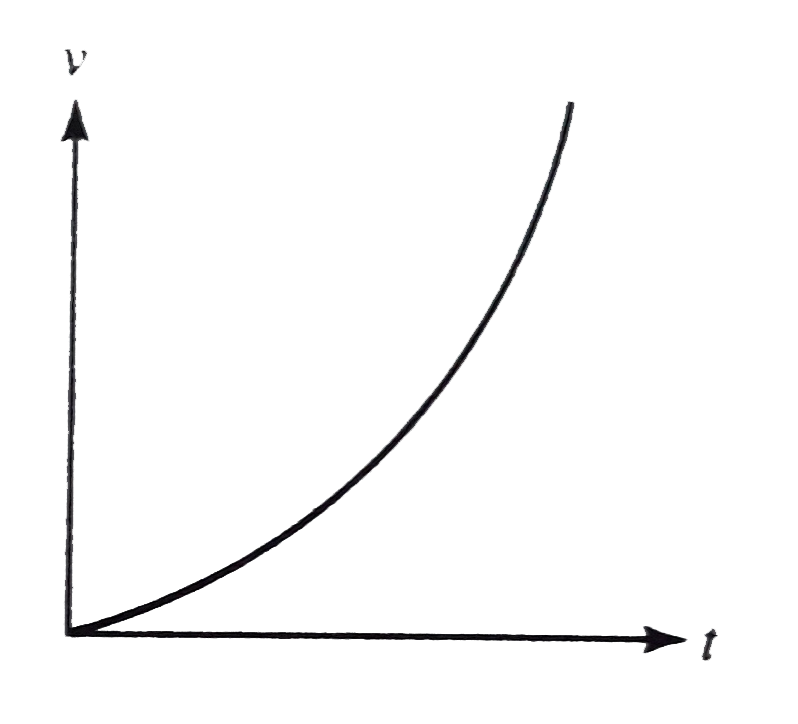 C
C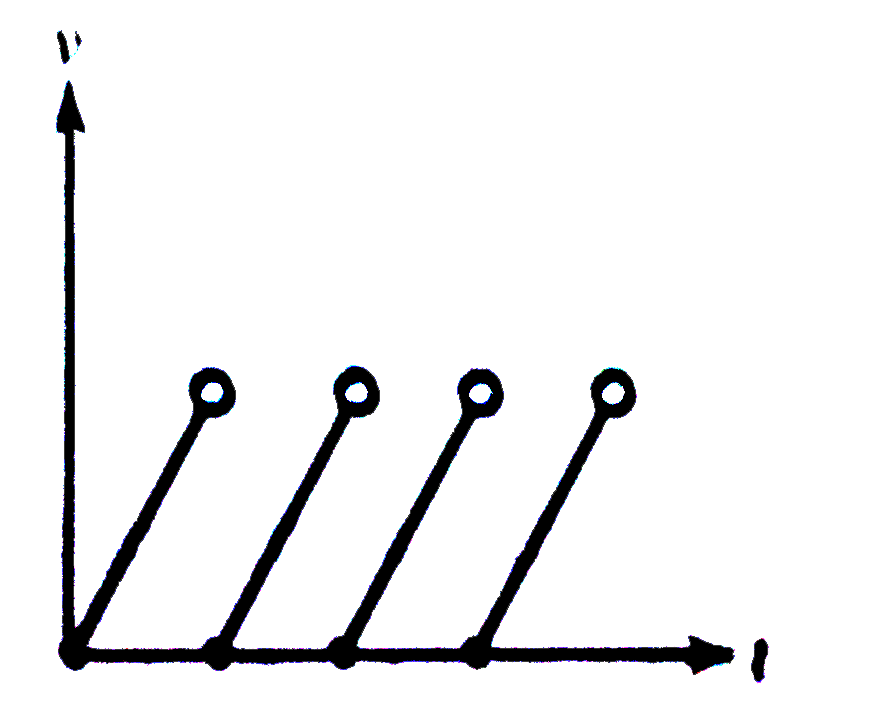 D
D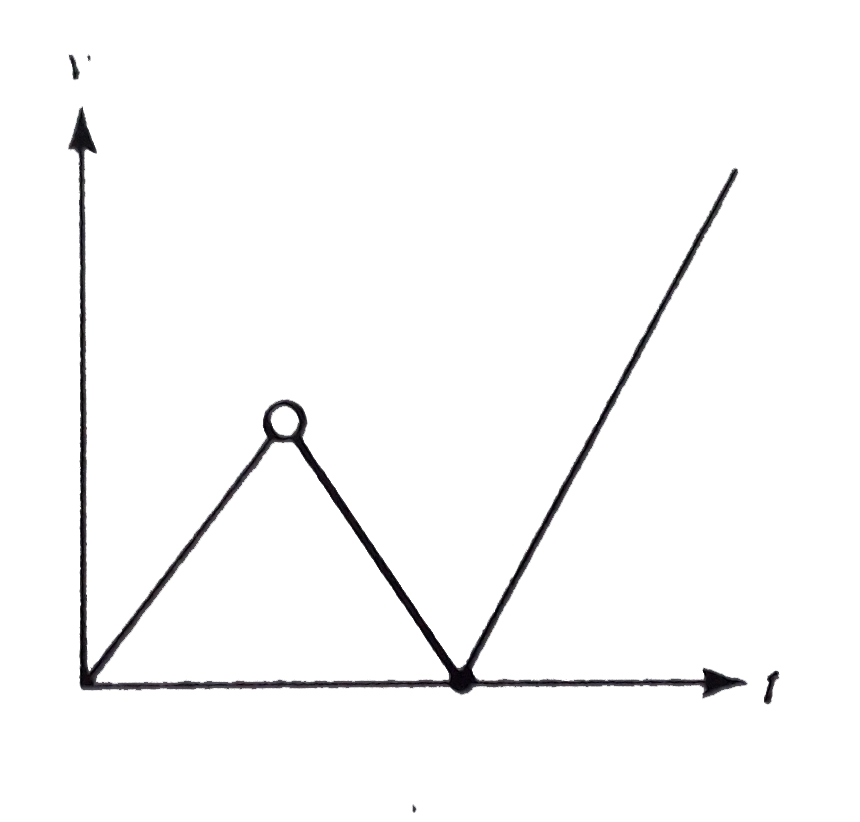
Which of the following graphs correctly depicts the rate of photosynthesis of sun plant (P) and shade plant (Q)?
A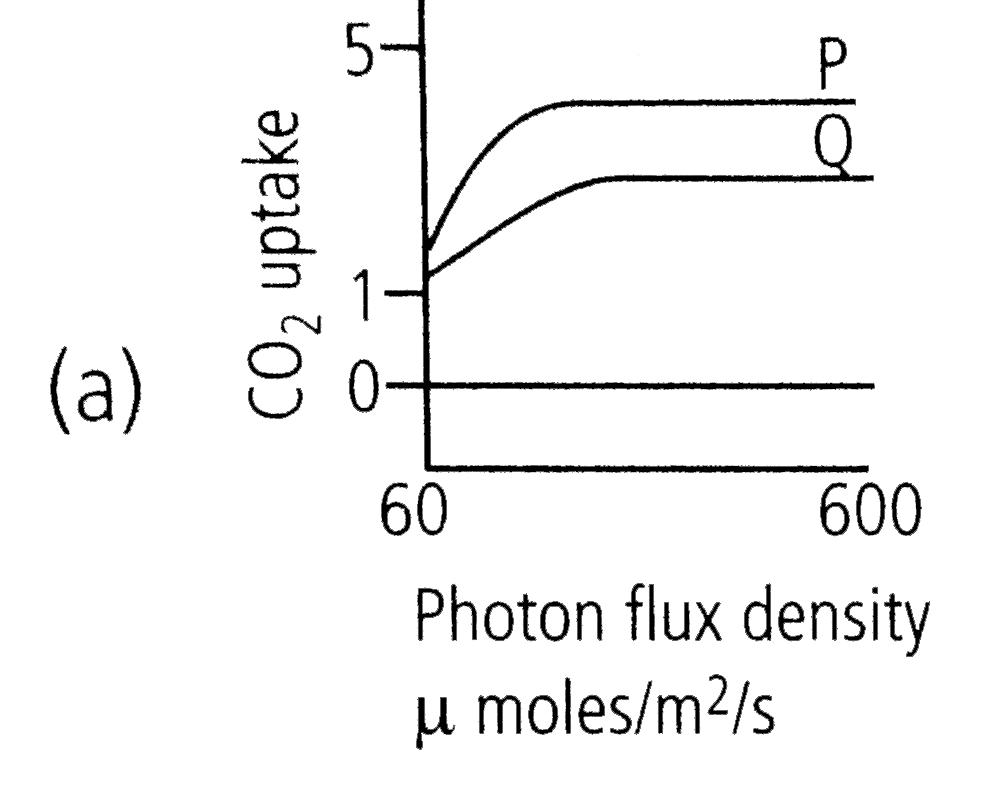 B
B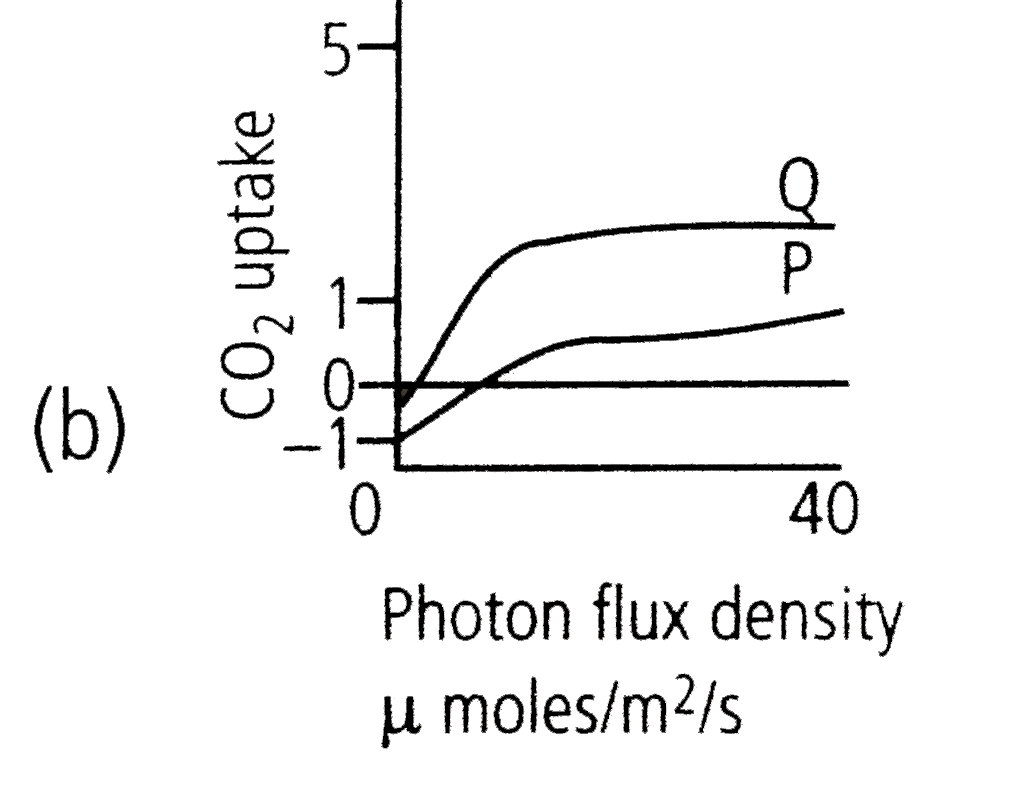 C
C D
D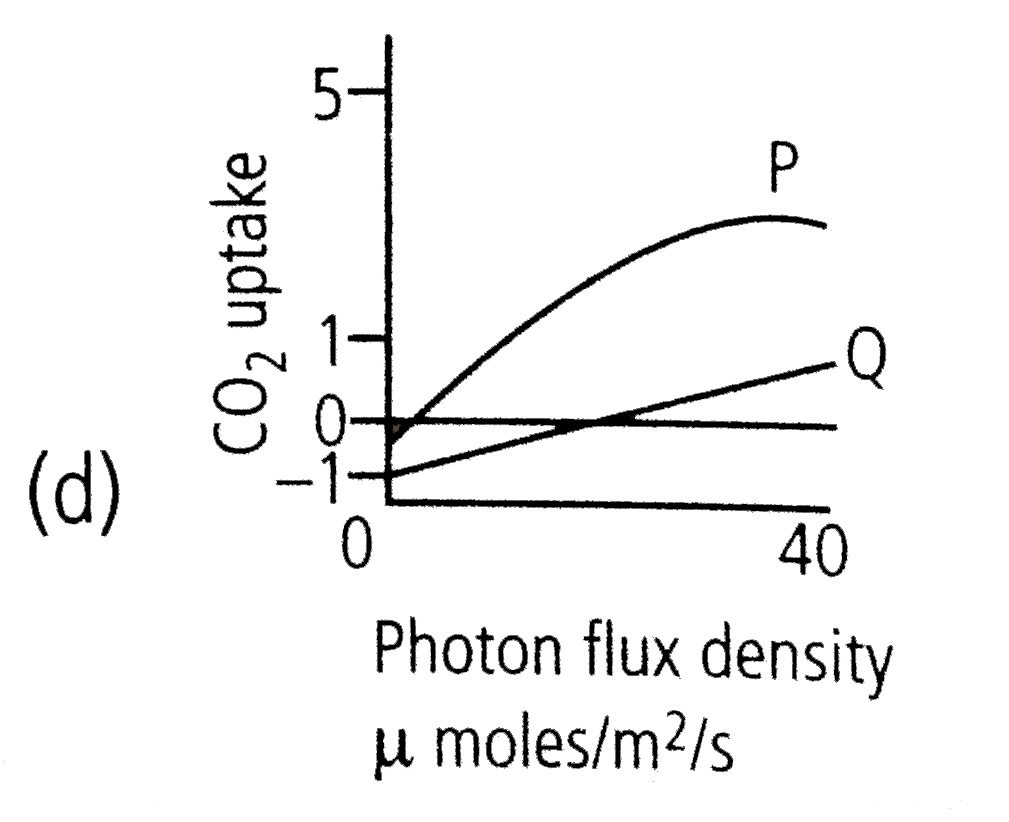
Which of the following correctly depicts the dental formula of a child?
A21122112B21022102C21232123D21112111
100 mL of 0.1 HCl is taken in a beaker and to it 100 mL of 0.1 M NaOH is added in steps of 2ml and the pH is continuously measured . Which of the following graphs correctly depicts the change in pH
View SolutionThe graph shown the variation with times t of the velocity v of an object . Which one of the following graphs best represents the variation of acceleration a of the object with time t?

View SolutionA constant voltage at different frequencies is applied across a capacitance. C as shown in the figure. Which of the following graphs correctly depicts the varitaion of current with frequency?
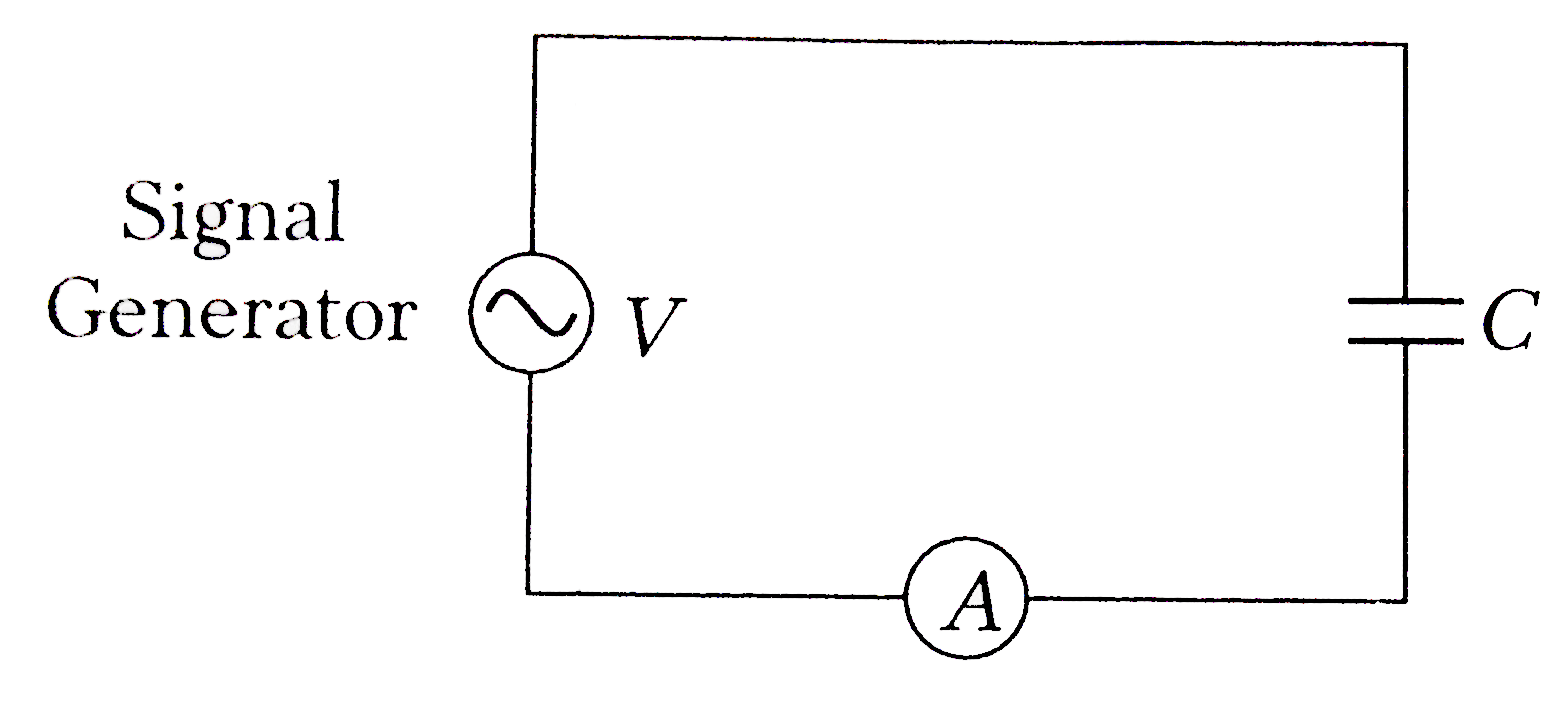
View SolutionWhich of the following depict the same ?

View SolutionIn which of the following graphs, the total change in momentum is zero ?
View Solution
